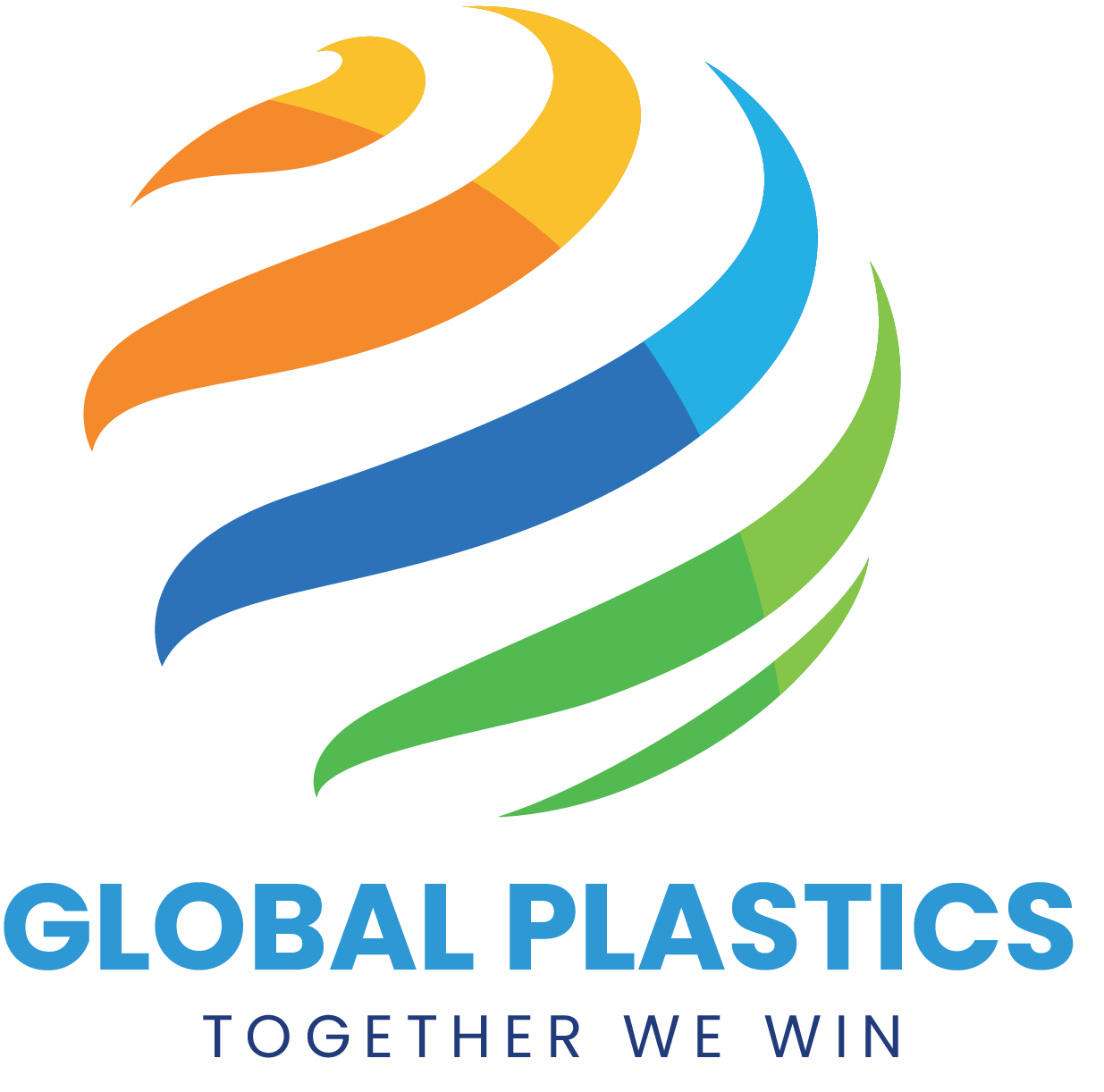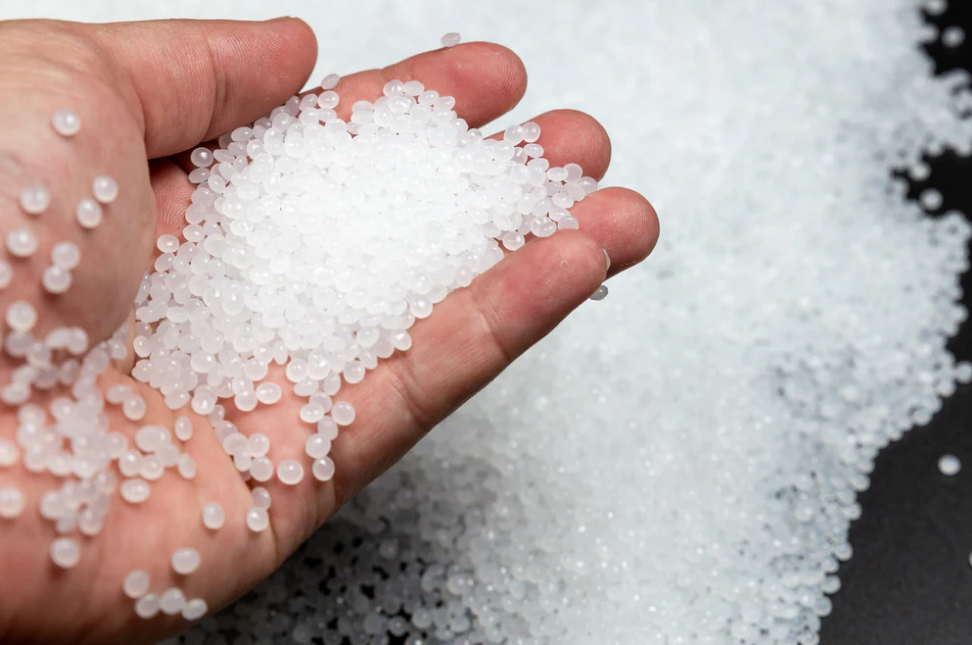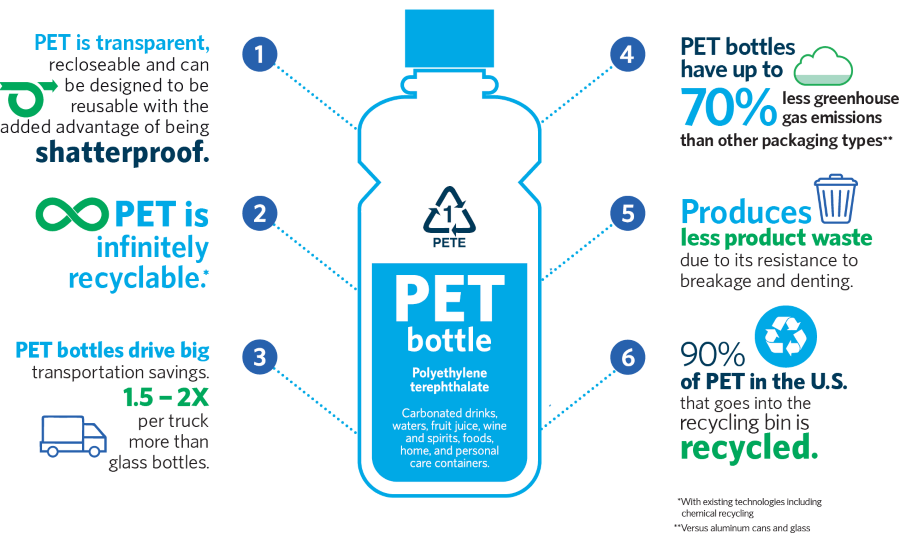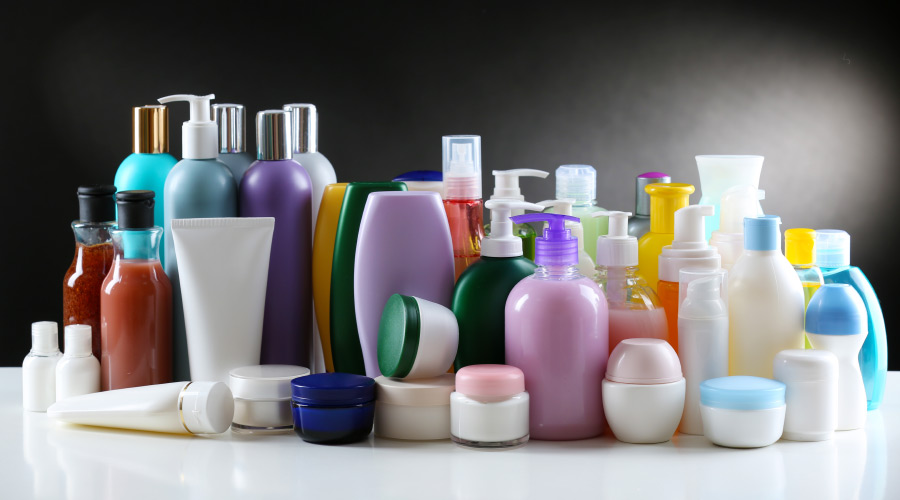Overview Of PET And PP Plastic
PET and PP are two of the most widely used plastics in the world, each with its own unique set of properties and applications.
-
PET (Polyethylene Terephthalate):
- A thermoplastic polyester known for its high strength, clarity, and resistance to chemicals.
- Commonly used in food and beverage packaging (bottles, containers), textiles (fibers, fabrics), and engineering applications.
- A thermoplastic polyester known for its high strength, clarity, and resistance to chemicals.
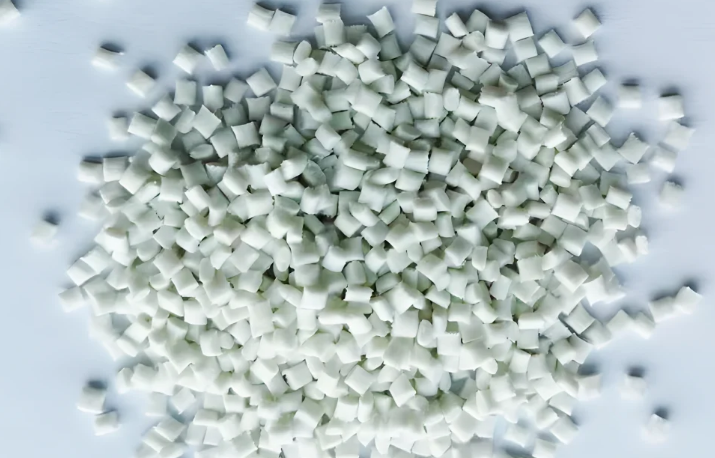
-
PP (Polypropylene):
- A versatile thermoplastic known for its high strength, stiffness, and resistance to heat and chemicals.
- Widely used in packaging (containers, lids, wraps), automotive parts, textiles (ropes, carpets), and medical devices.
- A versatile thermoplastic known for its high strength, stiffness, and resistance to heat and chemicals.
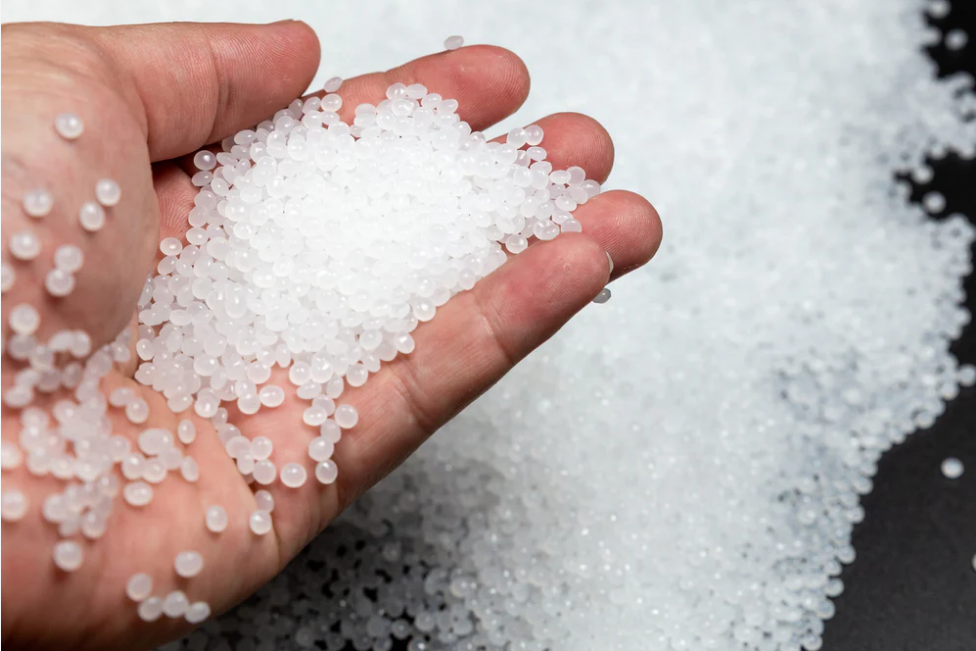
PET vs. PP: Comparing Properties
| Property | PET | PP |
|---|---|---|
| Strength | High tensile strength, good impact resistance | High tensile strength, good impact resistance, high stiffness |
| Clarity | High clarity, transparent | Can be translucent or opaque |
| Heat Resistance | Good heat resistance, can withstand hot filling | Excellent heat resistance, high melting point |
| Chemical Resistance | Good resistance to most chemicals, except strong alkalis | Good resistance to most chemicals, including many acids and bases |
| Flexibility | Can be rigid or flexible depending on the grade | Generally more rigid than PET, but can be made flexible |
| Density | Relatively low density | Low density, one of the lightest commercial plastics |
| Cost | Moderate cost | Relatively low cost |
| Recyclability | Highly recyclable | Recyclable, but recycling rates can vary |
PET vs. PP: Pros & Cons
PET Plastic
-
Pros:
- High clarity and aesthetics
- Good barrier properties against gases and moisture
- Lightweight and durable
- Widely recyclable
- Suitable for food contact applications
-
Cons:
- Can be susceptible to stress cracking
- Not as heat resistant as PP
- May not be suitable for all hot filling applications
PP Plastic
-
Pros:
- Excellent heat resistance
- High stiffness and strength
- Good chemical resistance
- Lightweight and durable
- Versatile processing options
-
Cons:
- Lower clarity than PET
- May not be as good as PET for gas and moisture barrier applications
- Can be more difficult to recycle than PET in some cases
PET vs. PP: Comparing Applications
PET Plastic
- Food and Beverage: Bottles for carbonated drinks, water, juices, and other beverages; containers for food products; trays and clamshells for ready-to-eat meals.
- Textiles: Clothing, carpets, upholstery, industrial fabrics.
- Packaging: Blister packs, trays, and containers for various consumer goods.
- Medical: Medical devices, drug delivery systems.
- Automotive: Interior components, such as headliners and door panels.
PP Plastic
- Packaging: Containers, lids, wraps, and films for food and non-food products.
- Automotive: Bumpers, dashboards, interior trim, and other components.
- Textiles: Ropes, carpets, and non-woven fabrics.
- Medical: Medical devices, syringes, and containers.
- Consumer Goods: Toys, appliances, and other durable goods.
Which Plastic Should You Choose?
The choice between PET and PP depends on the specific requirements of the application, such as:
- Clarity and aesthetics: If high clarity is essential, PET is generally preferred.
- Heat resistance: If the application requires high heat resistance, PP is a better choice.
- Chemical resistance: Both PET and PP offer good chemical resistance, but PP may be more suitable for certain applications.
- Processing requirements: The chosen plastic should be compatible with the available processing equipment.
- Environmental considerations: The recyclability and environmental impact of each plastic should be considered.


